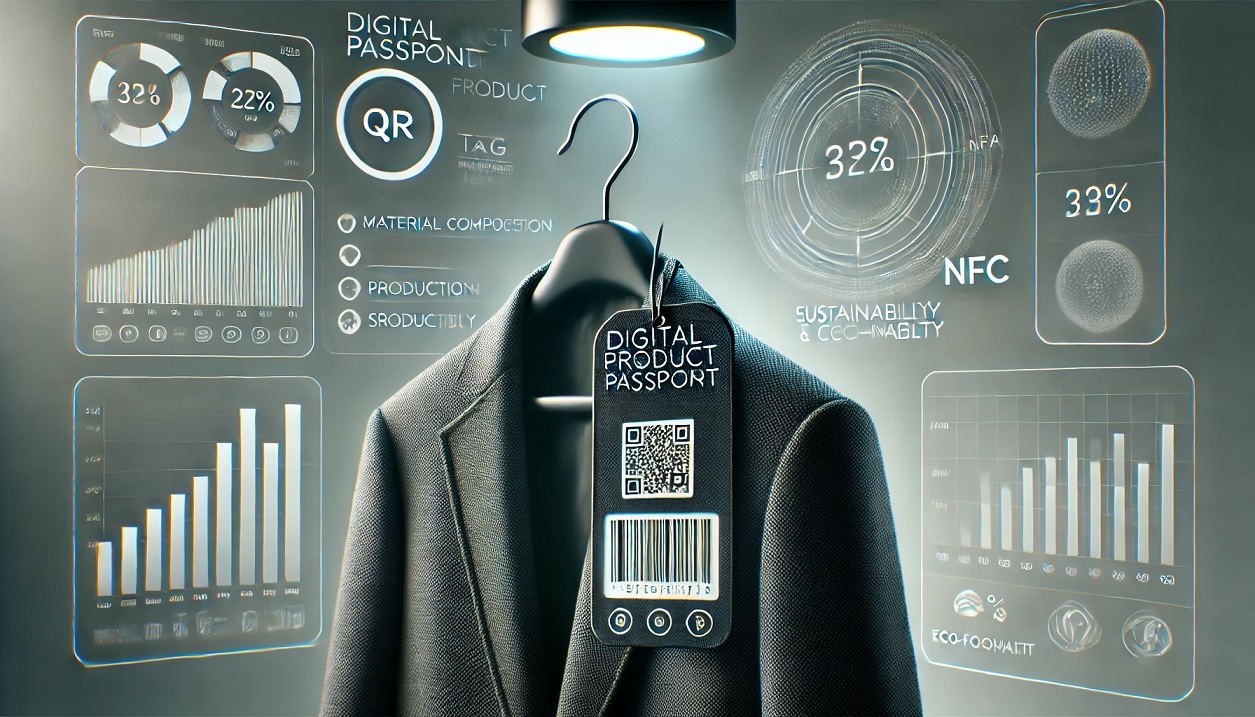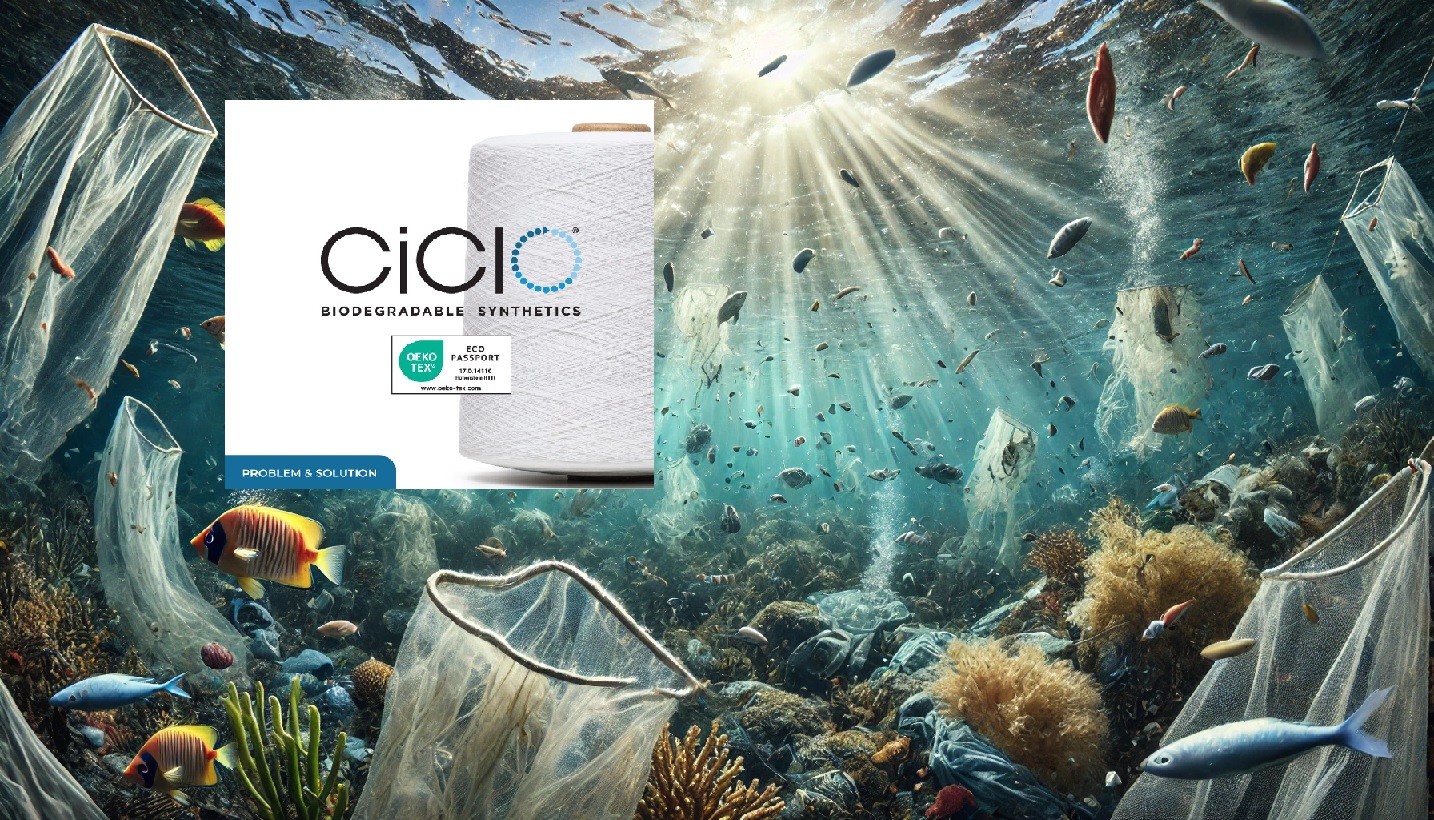PUMA, a leader in sportswear, has launched the RE:FIBRE program for polyester textile recycling, a groundbreaking initiative aimed at transforming textile waste into new, high-quality textiles. This marks a significant shift in sustainable fashion practices.
The RE:FIBRE Recycling Process
- Collection and Sorting: The journey begins with collecting and sorting textile waste and other polyester-based materials.
- Shredding and Mixing: These materials are then shredded and mixed.
- Chemical Processing: The shredded pieces undergo dissolution, filtration, and polymerization.
- Creation of New Garments: Finally, these materials are melted, spun, knitted, and sewn into new garments.
A Step Beyond Traditional Recycling
Traditionally, recycled polyester in the fashion industry has been sourced from PET bottles. PUMA’s RE:FIBRE initiative, however, uses textile waste as its primary material source. This approach not only repurposes waste but also maintains the quality of the recycled material, allowing it to be reused multiple times without degradation.
The Environmental Impact
RE:FIBRE is not just about recycling; it’s about reducing the overall environmental footprint. The process releases significantly less CO2 compared to manufacturing garments from non-recycled virgin polyester. PUMA aims to increase the usage of recycled polyester to 75% across its apparel and accessories by 2025.
Inclusivity in Recycling
A unique aspect of the RE:FIBRE program is its inclusivity. PUMA accepts products from any brand for recycling, ensuring a broader impact on reducing textile waste. Even garments that are no longer wearable can contribute their raw materials to the process.
Participation and Future Expansion
Currently, consumers can participate in the RE:FIBRE program by depositing old garments in take-back bins located in various football club stores and PUMA retail stores. The program is expected to expand with more take-back points opening soon.
Sorting and Repurposing
Once collected, the products are sent to sorting facilities like the one in Wolfen, Germany. Here, they are sorted based on quality criteria. Items not suitable for the RE:FIBRE process are repurposed or disposed of through other channels.
Beyond Recycling: A Circular Model
The RE:FIBRE program is more than just a recycling initiative; it’s a step towards a more circular production model in the fashion industry. By raising awareness about the lifecycle of products and reducing waste, PUMA is leading the way in sustainable fashion practices.
Conclusion
PUMA’s RE:FIBRE initiative represents a significant advancement in sustainable fashion. By focusing on textile waste, employing innovative recycling processes, and aiming for broad participation, PUMA is not only creating environmentally friendly products but also pioneering a shift towards a more circular and responsible fashion industry.



